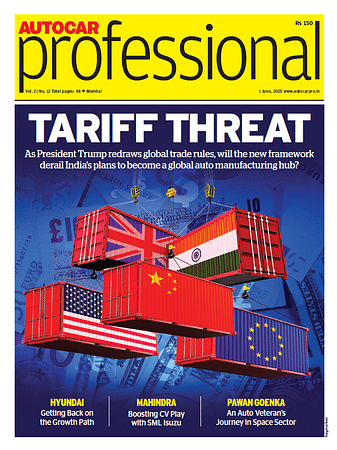Indian Oil conducts successful test to charge EVs with solar power
EVs are charged using solar power, no upgrades required in grid infrastructure and grid resilience is improved by the system’s architecture, especially in remote areas.
In an effort to promote electric mobility in the country, Indian Oil Corporation has successfully conducted a ‘Proof of Concept’ feasibility study on zero-emission electric mobility at one of its fuel stations in Bangalore.
Zero-Emission Electric Mobility is a concept that allows an electric vehicle (EV) to charge using solar power thereby ensuring zero emissions. The EV charging system has been designed by Hygge Energy, a start-up incubated by Tech Mahindra, and has three main features – EVs are charged using solar power, no upgrades are required in grid infrastructure, and grid resilience is improved by the system’s architecture, especially in remote areas.
Speaking on this novel breakthrough, Vigyan Kumar, executive director (Retail Sales), Indian Oil, said, “As part of Indian Oil’s foray into alternative energy, we have already set up 54 battery charging / swapping stations for electric vehicles in partnership with various companies. We have also taken a minority stake in Phinergy of Israel to set up an aluminium-air battery manufacturing facility in India for EVs and stationary applications. Given the challenges of grid capacity and reliability amid the uncertainty of EV adoption, we are committed to finding an integrated solution to ensure green power for EV charging at our fuel stations. This innovative solution developed by Hygge Energy, has demonstrated feasibility to address these issues. We will conduct pilot studies at more fuel stations across Bangalore.”
“This solution is unique as it leverages the existing investment made by us in solarising our fuel stations and gives us a good basis to roll-out our EV charging initiative,” he added.
Helping reduce load on power distribution transformers
The technology enables intelligent electric-vehicle charging using ‘hybrid microgrids’. Hybrid microgrids are created by integrating existing grid infrastructure with solar PV batteries. Zero Emission Electric Mobility is a highly adaptable system that employs artificial intelligence and the Internet of Things (IoT) to ensure that charging requirements are primarily met with renewable energy from these hybrid microgrids, thereby providing 100% clean energy e-mobility. This also prevents additional load which EV supply equipment would exert on power distribution transformers that feed fuel stations. As a result, clean energy e-mobility can be accommodated without the need for additional investments in grid infrastructure.
RELATED ARTICLES
Continental exits TBR market in India, shifts focus to car and SUV radials
German tyre manufacturer aims to tap the double-digit market growth opportunity for big SUV and luxury car tyres which w...
New ZF SELECT e-drive platform gives EV makers a choice in 100 to 300 kW range
Modular e-drive platform optimally matches 800-volt overall system and components such as the electric motor and power e...
Daimler India CV and BharatBenz deliver 200,000th truck
Daimler India Commercial Vehicles' portfolio includes truck models ranging from 10 to 55 tonnes for a wide variety of ap...





 By Autocar Professional Bureau
By Autocar Professional Bureau
 20 Nov 2020
20 Nov 2020
 10788 Views
10788 Views









